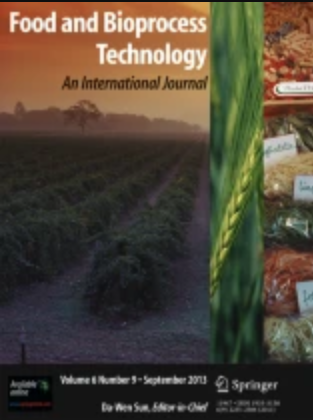Enhancing Gel Network Structure and Flavor of Low-Salt Surimi via Microwave Heating-Assisted L-Lysine Treatment
Abstract
This study aimed to enhance the gel network structure and flavor of low-sodium surimi, exploring the synergistic effects of combined water bath-microwave heating (WB-MW) and the addition of L-lysine (Lys-WB-MW). The Lys-WB-MW treatment significantly enhanced the water-holding capacity of the surimi gel under 15% (1.7%) salt reduction conditions. The MW treatment reduced TCA-soluble peptides in the surimi gel, inhibiting the degradation of myosin heavy chain. SEM verified that the surimi gel with 15% salt reduction formed a dense gel network structure under Lys-WB-MW treatment, and the gel showed the highest resilience and springiness (TPA). Raman spectroscopy analysis revealed that MW strengthened the disulfide bonds and hydrophobic interactions within the gel. Raman and molecular docking indicated that L-Lys contributed to the formation of more hydrogen bonds. Pearson correlation analysis revealed a negative correlation between the elasticity of the surimi and its primary volatile compounds. Cluster analysis showed that the aroma characteristics of the 15% salt-reduced surimi treated with Lys-WB-MW were similar to those of traditional surimi. Results indicated that the synergistic effects of L-Lys and MW significantly improved the gel network performance of low-sodium surimi while preserving the flavor characteristics of conventional surimi.
Graphical Abstract


 求助内容:
求助内容: 应助结果提醒方式:
应助结果提醒方式:


